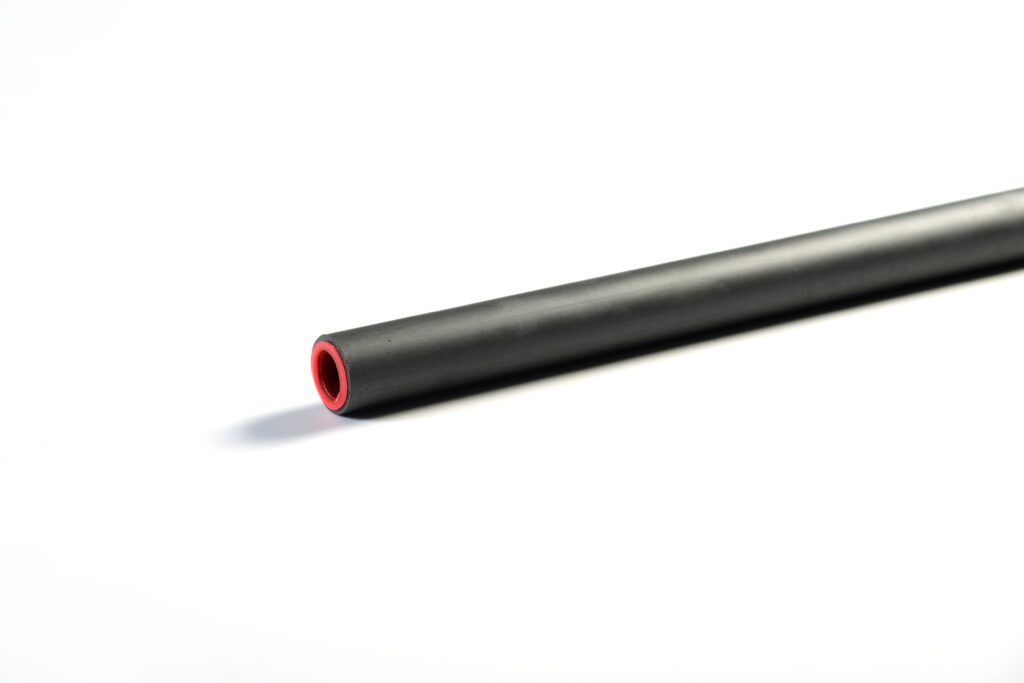10mm Hydraulic Pipe – Why You Need It and Where to Get It
-
2022-09-14
-
Metal has the strength to withstand constant pressure and is a useful material for creating strong, durable structures. It’s also an abundant material that’s frequently used in different industries. So it’s not surprising that hydraulic pipe manufacturers are able to produce large quantities of this metal piping at affordable prices.
The 10mm Hydraulic Pipe is a type of metal tubing that offers many advantages over other materials. It’s lightweight, and corrosion resistant, and it can be used under high pressures – making it ideal for use in hydraulic systems. In this article, we’ll introduce you to hydraulic pipe, list its benefits, and help you source this versatile metal tubing from trusted suppliers.

What is a Hydraulic Pipe?
The 10mm Hydraulic Pipe is a type of metal tubing used in hydraulic systems. It is designed to withstand high pressure and heat, and it’s typically used for connecting other metal parts. The hydraulic pipe is used in many industries including construction, mining, farming, and manufacturing. It’s available in many materials including steel, copper, stainless steel, aluminum, and brass. The hydraulic pipe is used to transfer liquids and gases. It can be used to send mixtures of oil, water, and gas. The hydraulic pipe is used in many different systems and is a popular choice for manufacturers. It’s a highly versatile metal tubing that can be bent and connected to other parts easily.
Why Use Hydraulic Pipe?
There are many advantages to using a 10mm Hydraulic Pipe in your hydraulic systems. The hydraulic pipe is designed to withstand high pressure and is resistant to corrosion. It’s lightweight and easy to connect to other parts because it doesn’t need to be precision-fitted.
The hydraulic pipe is available in many different sizes and materials, making it easy to find a perfect fit for your project. Galvanized Tube is able to withstand high pressure. In hydraulic systems, hydraulic fluid flows through the pipe and into the hydraulic cylinders.
These cylinders are used to power tools and machines. When the hydraulic fluid flows back through the pipe, it pushes against the hydraulic cylinders. The pressure generated by the hydraulic fluid pushes the cylinders closed, powering the machine or tool.
Advantages of Hydraulic Pipe:
- Lightweight
The 10mm hydraulic tube is lightweight to transport and installation.
- Resistant to corrosion
Since hydraulic pipes don’t come in direct contact with the fluids inside the system, they’re less likely to corrode.
- Versatility
Hydraulic pipes come in many different sizes and materials, making it easy to find a fit for your project.
- Doesn’t need precision
Unlike some other metal parts, a hydraulic pipe doesn’t need to be precise to work properly.
- Cost-effective
You can also use it in hydraulic systems, which makes them very cost-effective.
- Easy to connect
There are large ends that fit easily into other parts.
- Easy to bend
They are flexible enough to bend, allowing you to connect them in unusual places.
Where to Get Hydraulic Pipe?
The best place to get it is from a trusted supplier. There are many online stores that offer hydraulic pipes in a variety of materials and sizes. You can also visit your local metal supplier and ask if they offer hydraulic pipes.
If they do, they should be able to help you find the right fit for your project. Before you place an order, consider why you need hydraulic pipe and what size you’ll need. Then you can use this information to find the right supplier for your project.
As with all purchases, it’s important to choose a supplier you can trust. Hydraulic pipe suppliers should provide information about their products, including the materials and sizes they offer. They should also have information about shipping schedules and payment options.
Tips for Working With Hydraulic Pipe:
- Use the right tools
It’s important to use the correct tools when working with hydraulic pipes. Using the wrong tool can cause damage to the metal tubing.
- Choose the best size
You should use the largest size of pipe possible to reduce pressure in the system. Using a smaller pipe could cause higher pressure and damage the system.
- Always clean metal parts
Always clean metal parts before connecting them. This will help prevent corrosion and reduce the risk of leaks.
- Use the right connectors
Using the wrong connectors can cause damage to the system. Always choose connectors that match the size of the metal tubing.
- Properly install the pipe
Properly install the pipe to prevent leaks and reduce the risk of damage.
- Keep the system clean
Always keep the hydraulic system clean and free of dirt and debris. This will reduce the risk of leaks and help the system last longer.
Wrapping Up:
Hydraulic pipes offer many advantages in a variety of systems. They are lightweight, corrosion-resistant, and don’t require precision-fitting. Hydraulic pipes are easy to connect to other parts in large or small systems.
They’re available in many different sizes and materials, making it easy to find the perfect fit for your project. When you’re ready to purchase a hydraulic pipe, be sure to choose a supplier you can trust.
Choose the best size for your project and always clean the metal parts before connecting them. It’s also important to properly install the pipe to prevent leaks and reduce the risk of damage.



